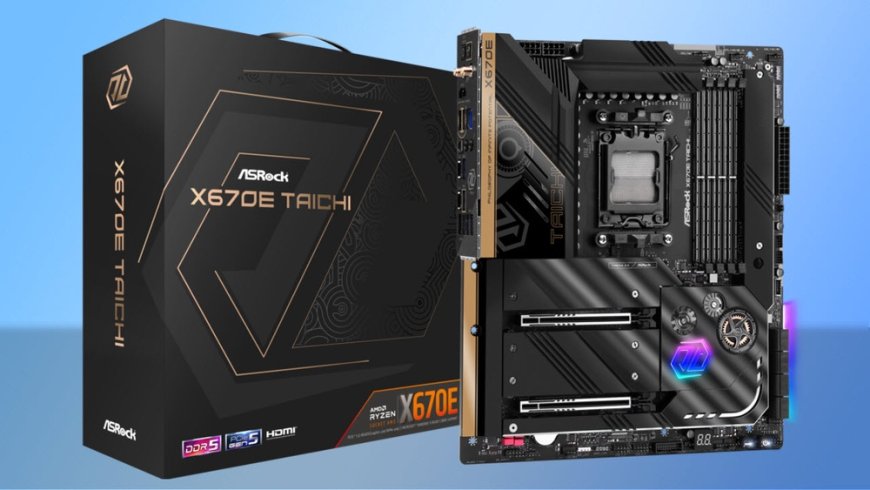Revolution in Desktop PC Memory: ASRock and MSI Unveil 256GB DDR5 Support
The landscape of desktop PC memory is undergoing a dramatic transformation, with ASRock and MSI at the forefront of this change. These leading motherboard manufacturers have announced updates that significantly enhance the memory capacity of their products. This breakthrough, enabling up to 256GB of memory support, marks a substantial advancement in computing capabilities, particularly for Intel Z790 and AMD X670E motherboards.

Enhanced Memory Capacity on Motherboards
ASRock and MSI's Leap in Memory Support
ASRock and MSI have both declared that they now support higher capacity 64GB DDR5 RAM modules on each DIMM slot. This enhancement means that motherboards with four slots can support up to 256GB of memory, while those with two slots can accommodate 128GB.
Also check "Redragon K615 Elise Keyboard Review: A Compact Powerhouse at a Bargain Price"
Specific Motherboard Models and Compatibility
While MSI has been less forthcoming about which of its motherboards include this new feature, a screenshot referencing the PRO X670-P WIFI motherboard provides some insights. Conversely, ASRock has explicitly showcased its X670E-Taichi and Z790 Nova WiFi motherboards as being capable of supporting 64GB DDR5 per DIMM slot.
Impressive Demonstrations and Technology Partners
Showcasing the New Memory Capabilities
ASRock has been particularly demonstrative, revealing their AMD Ryzen 7 8700G APU working in tandem with the X670E motherboard to support this enhanced memory capacity. On the other hand, MSI's disclosures have been more restrained, lacking a full-size screenshot to exhibit the new capability.
The Role of Kingston Fury Renegade Memory Kits
Both ASRock and MSI have utilized the Kingston Fury Renegade KF560C36-64 memory kits, featuring DDR5 chips made by Micron, in their demonstrations. These kits, compatible with EXPO and XMP 3.0 profiles, support speeds up to 6000 MT/s and feature 36-38-38 latency at 1.350v.
Micron's Pioneering 1-Beta Node Technology
Advancements in Performance and Efficiency
The underlying technology enabling this remarkable leap in memory capacity is Micron's 1-Beta node. This technology, initially designed for LPDDR5X mobile chips, offers increased performance, higher bit density, and improved power efficiency.
Broader Implications for DDR5 RAM Manufacturers
The advancements brought about by Micron's 1-Beta node suggest that any manufacturer using Micron DDR5 chips based on this technology could potentially offer higher-capacity memory sticks. This development paves the way for a new era in desktop PC memory capabilities.
In summary, the updates announced by ASRock and MSI represent a significant milestone in desktop PC technology. By supporting up to 256GB of memory on their Intel Z790 and AMD X670E motherboards, these companies are not only pushing the boundaries of what's possible in terms of memory capacity but also setting a new standard for the industry. This advancement, made possible by Micron's cutting-edge 1-Beta node technology, is likely to have far-reaching effects on the entire field of desktop computing. As this technology becomes more widespread, users can expect to see a notable improvement in the performance and efficiency of their desktop PCs.


































